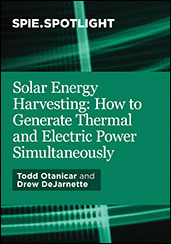Technical Paper
Enhancement of Mechanical and Thermal Characteristics of Automobile Parts using Flax/Epoxy-Graphene Nanofiller Composites
2024-02-23
2023-01-5116
This research emphasizes the flax-based composite, developed using the hand lay-up method and augmented with three distinct graphene nanofillers. The graphene fillers are categorized as large nanorods (dimensions 3-5 nm, lengths 150-300 nm), small nano threads (dimensions 6-12 nm, lengths under 50 nm), and spherical particulates (dimensions 29-39 nm). ...Thermal conductivity evaluations of the composite, integrated with different graphene configurations, recorded enhancements ranging from 0.22 W/mK to 0.286 W/mK at a 2 wt.% graphene concentration. At an elevated 4 wt.% graphene addition, the small rod-shaped fillers demonstrated an impressive 59.6% enhancement over the flax/epoxy baseline, while the larger rod and spherical graphene nanoparticles showcased a 22.14% enhancement. ....% inclusion of spherical graphene nanoparticles is particularly effective in enhancing the ultimate tensile strength and fracture elongation of the epoxy matrix, registering improvements of 10% and 29% respectively.


